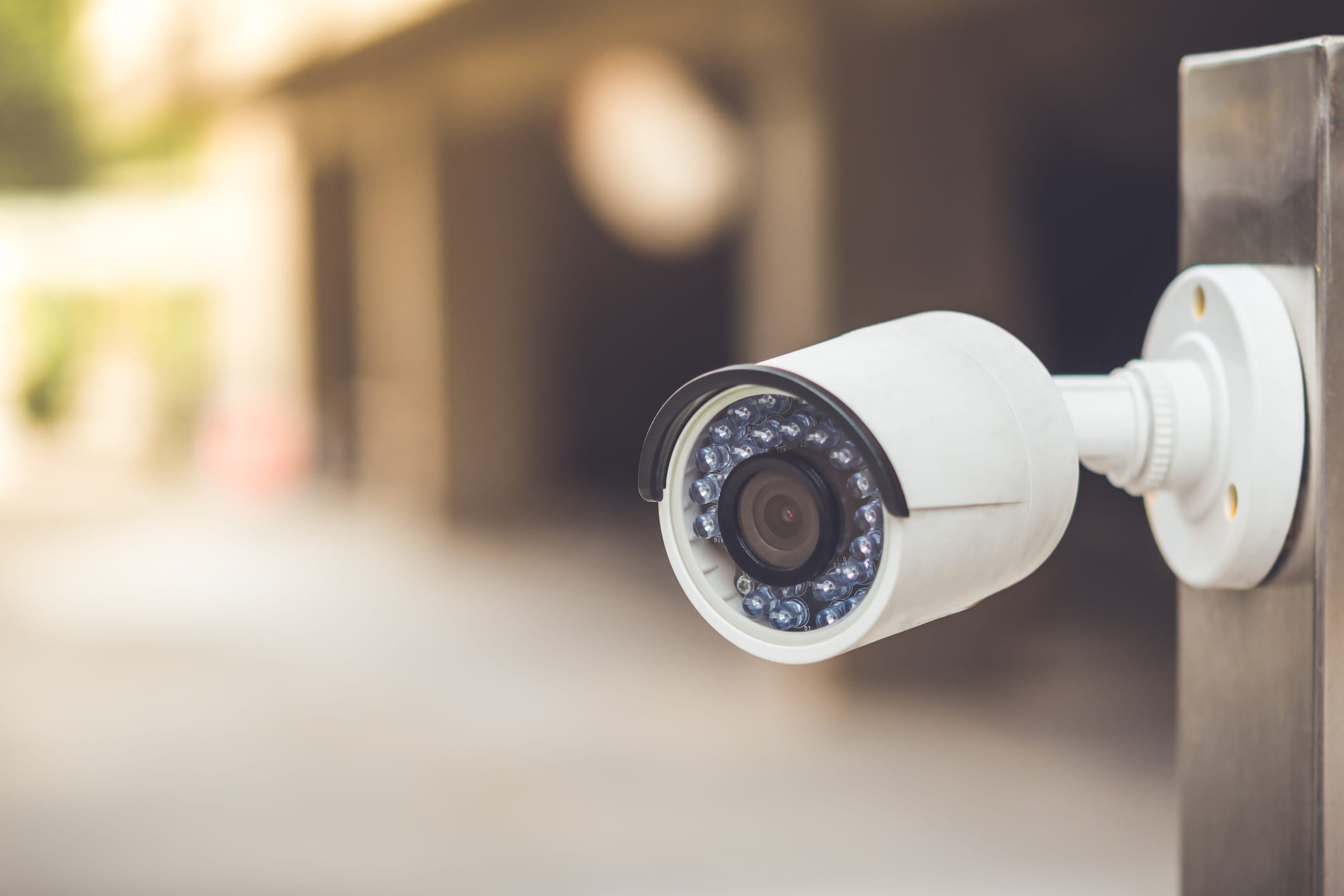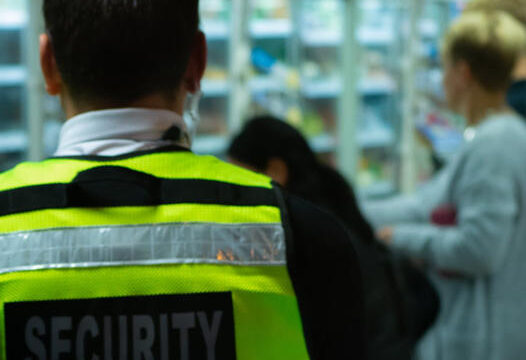There are three primary ways to use CCTV systems, industry experts say: as a deterrent, for forensic purposes and as an interdictive device.
Originally, CCTV surveillance systems were simply a deterrent. The notion that “Big Brother” was watching was often enough to keep people from misbehaving. Today, though, CCTV surveillance systems are common enough that they have lost their novelty, reducing effectiveness as a simple deterrent, especially for illegal entry or violent crime.
Evolving Uses of CCTV Surveillance Systems
As recording and storing technologies and software such as video analytics have became more efficient, CCTV surveillance systems have evolved into a forensic tool — that is, collecting evidence after an event has occurred.
But as CCTV surveillance systems become more easily integrated with monitoring devices, alarm systems and access control devices, a third use of CCTV is gaining momentum: Helping security personnel to identify and interrupt security breaches as they’re occurring, or even before they take place.
Intelligent video algorithms, such as sophisticated motion detection, can identify unusual walking patterns and alert a guard to watch a particular video screen. Object-recognition algorithms can identify someone who might simply be loitering, or even a briefcase or other suspicious object that is left somewhere it shouldn’t be. Again, the system can alert a monitoring guard so that appropriate action can be taken.
The most advanced intelligent video algorithm is facial recognition. However, most experts agree that use of this technology as an efficient tool in the private sector is still several years down the road.
Traditionally, intelligent video algorithms are components of a computer system in a security room to which video captured by an array of CCTV cameras is fed. But on the horizon, manufacturers will be making cameras that can process the intelligent video algorithm right inside the camera.
Wide dynamic range is another technology that is becoming more prevalent on CCTV cameras. Wide dynamic range means cameras can resolve details when there’s a tremendous amount of both light and dark areas in the same scene. Traditional cameras can’t do that.






